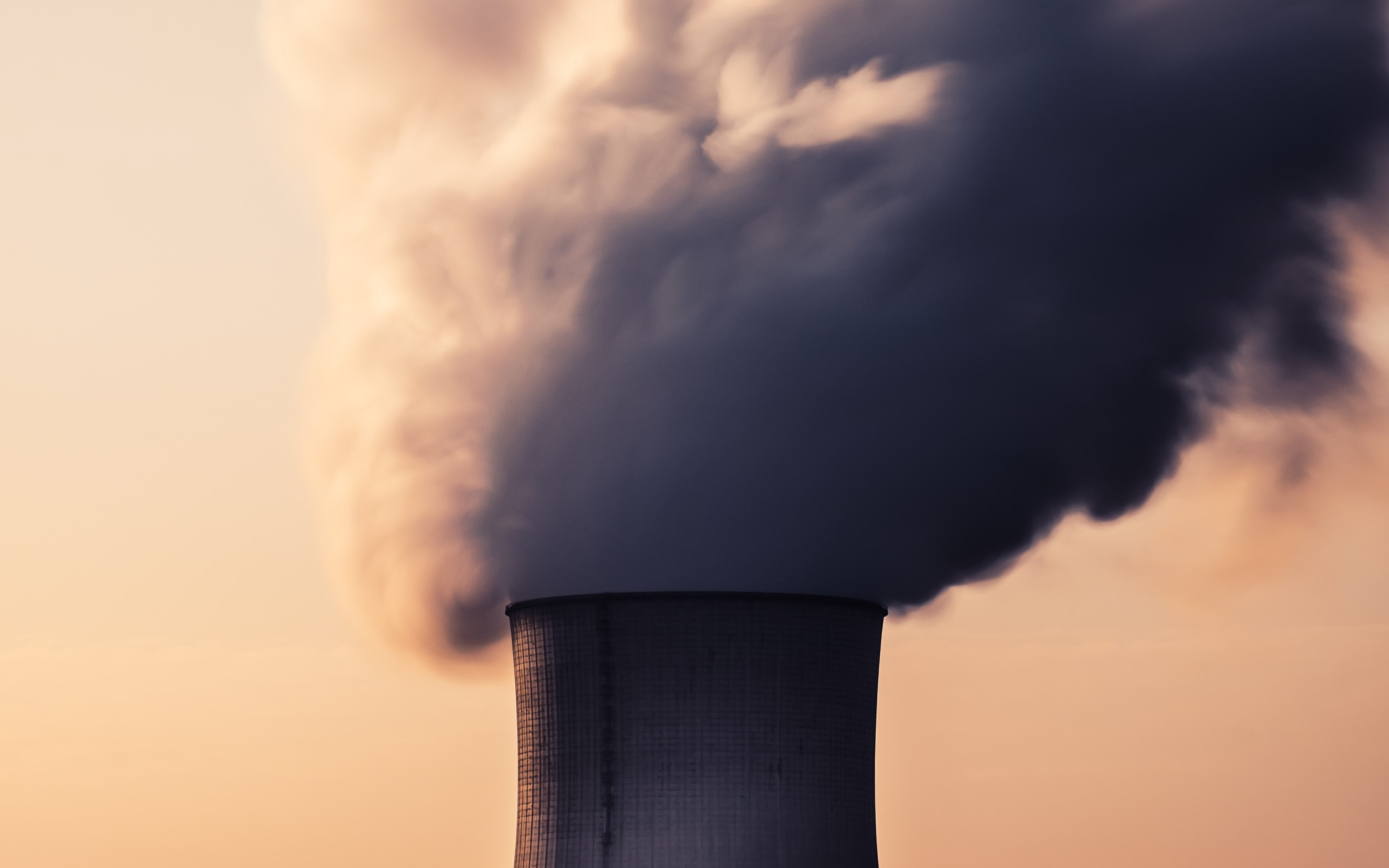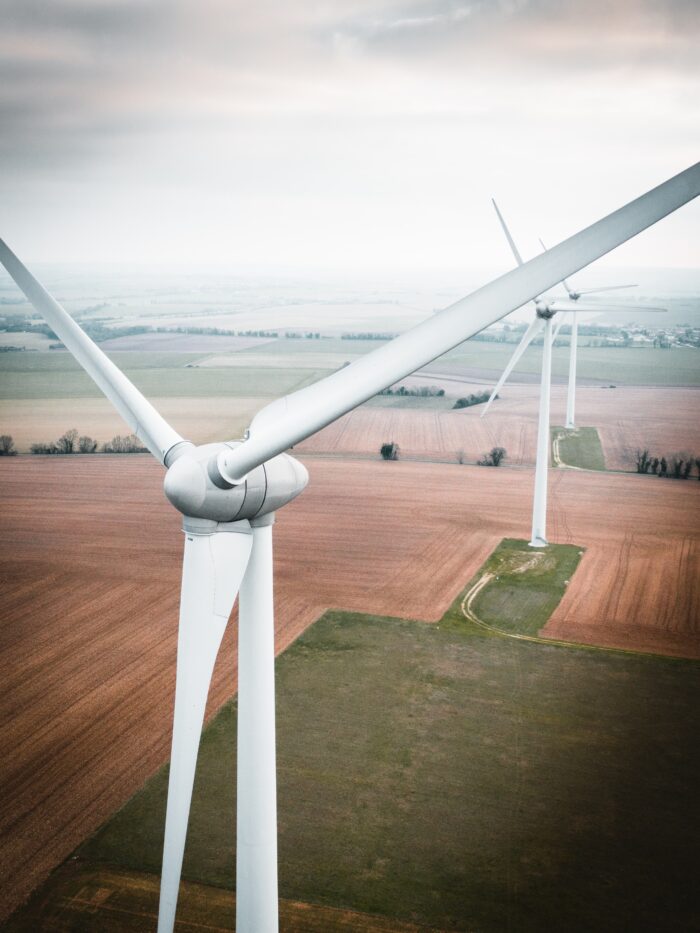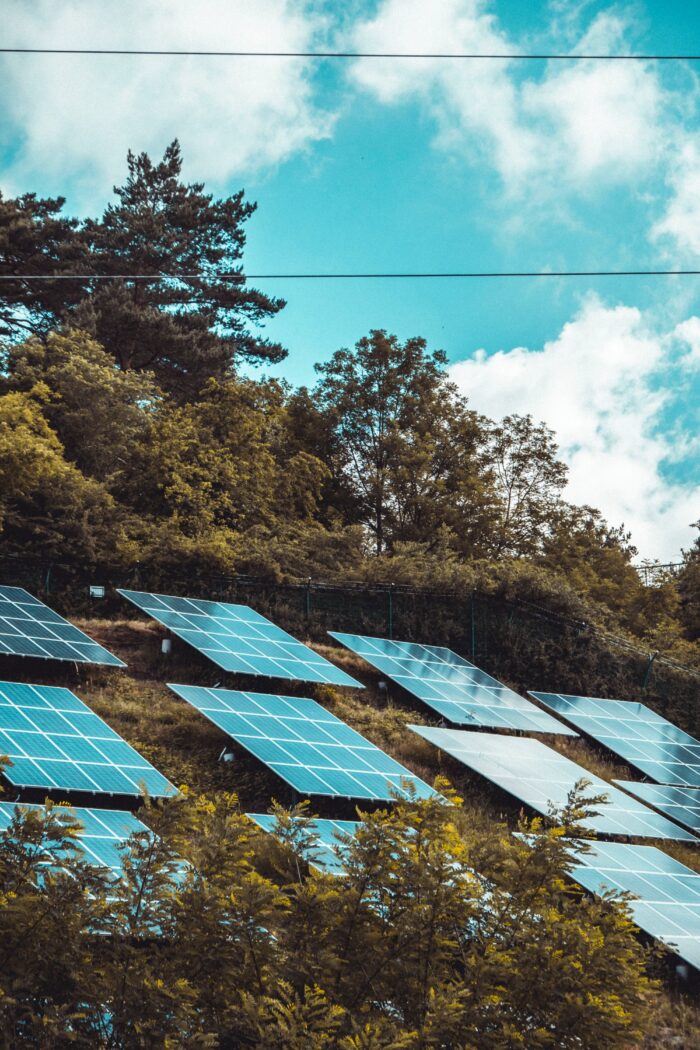
In turn, we use cookies to measure and obtain statistical data about the navigation of the users. You can configure and accept the use of the cookies, and modify your consent options, at any time.

As I write this, the COP26 climate summit in Glasgow has just started. One issue certain to cause a lot of debate is how we can reduce the use of fossil fuels, which are responsible for almost all manmade carbon emissions. What energy sources should not only replace fossil fuels, but contribute their own addition to the overall global energy production?
We can see a marked increase in our energy needs as the global population grows, an increase that has been enhanced by the rise of the global middle class within it. This has lead to the projection of an enormous 50 percent increase in global energy demand as we approach 2050. The question of how we tackle this is certainly a pressing one.
A transition to sustainable energy sources is usually considered the best way. But can wind, solar and other sustainable energy sources really be expanded to fully cover all our energy needs rapidly enough to prevent a global meltdown as fossil-fuel emissions warm our world? After all, in 2020, wind and solar were only responsible for 5.9 percent and 3.2 percent, respectively, of the global electricity production according to World Energy Data – not much compared to the 61.3 percent derived from fossil fuels.

In fact, the statistics for sustainable energy are far worse than that. The above numbers only cover electricity generation, but electricity from all sources account for less than a fifth of overall global energy consumption, which also includes fuel for transport and heating. In the overall energy mix today, wind and solar account for only 1.7 percent while fossil fuels account for 78.7 percent; a mere candle against a ranging bonfire. For this David to grow mightier than fossil fuels’ Goliath in less than three decades seems hopeless.
Because of this, many voices are advocating for nuclear energy as the solution to all our problems. After all, nuclear energy has no carbon emissions, and unlike wind and solar, it is a steady and dependable energy source. Admittedly, there have been a handful of spectacular accidents like Windscale, Chernobyl and Fukushima, but they have only caused at most a few hundred deaths in total whereas fossil fuels are responsible for millions of deaths each year, mainly due to particulate emissions. Besides, we have learned from these and other, lesser disasters and know how to avoid them in the future. There is, of course, the issue of radioactive waste, but it isn’t that great an issue. All the high-level radioactive waste generated in US nuclear plants up to 2018 comes to just 88,000 metric tons and would take up no more space than a single football field stacked 7½ meters high – surely not a big deal. What’s more, 90 percent of this waste is partly depleted uranium that feasibly could be extracted and recycled as nuclear fuel, so the real problem is much smaller than it first seems.
Framed this way, the nuclear option seems obvious: why bother with minor and unsteady energy sources like wind and solar when we have a major, proven (and improved) alternative like nuclear power, which has helped supply our energy needs for more than half a century – entirely without carbon emissions? Among the many advocates for vastly increasing nuclear power we find James Hansen, the NASA scientist who first brought the danger of global warming to public attention; Hans Blix, former president of the World Federation of United Nations Associations; Stephen Chu, former U.S. Secretary of Energy; Microsoft founder Bill Gates, former Mayor of New York City; Michael Bloomberg; and Patrick Moore, co-founder of Greenpeace – an eclectic group of influential and knowledgeable people.
Yet the nuclear solution may not be as obvious as all that. Critics note that nuclear power today isn’t exactly a major energy source – it only accounts for 1.9 percent of global energy production, not much more than wind and solar combined and far less than hydro-electric power. Besides, establishing new nuclear power plants is a slow and costly affair. The median construction time for nuclear plants finished in 2019 was almost 10 years, and they typically cost around USD 5 billon for each gigawatt of capacity. This is not good value for money, even over the typically long lifetimes of nuclear power plants. According to Our World in Data, the levelised (lifetime) cost of nuclear energy in 2019 was USD 155 per MWh, up from USD 123 per MWh in 2009. For comparison, onshore wind power and photovoltaic solar power had levelised costs of USD 40 and USD 41 per MWh, respectively – less than a third the cost of nuclear. What’s more, while the cost of nuclear power increased 26 percent over the decade, the cost of onshore wind power fell by 70 percent and that of photovoltaic power a whopping 89 percent, with promises of further future cost reductions. This means that even if nuclear power can be considered ‘clean’ – which is debatable if we include the environmental costs of mining and refining nuclear fuel – it is not at all cost-competitive with sustainable energy, not to mention far slower to build.

The question then remains if we will be able to expand sustainable energy production to cover all our energy needs by 2050. A new study by a group of US and UK scientists may provide an answer. The group used satellite photos to estimate the total amount of large solar panels in 2016 and 2018 (with ‘large’ meaning peak output above 10 KW, roughly twice that of a typical rooftop panel) and found that over those two years, global photovoltaic (PV) energy production increased no less than 81 percent. This corresponds to a 34 percent yearly growth. A recent report from the International Energy Agency (IEA) speaks of 23 percent growth of photovoltaic energy generation in 2020; not quite as impressive, but just shy of the 24 percent annual growth requirements of the IEA Net Zero Emissions by 2050 Scenario; a growth that would result in an almost five-fold increase in PV generation by 2030.
Global energy needs by 2050, including fuel, is expected to correspond to about 250,000 terawatt-hours (TWh), while the global PV energy generation in 2020 was 821 TWh or just 0.33 percent of this – almost too little to speak of. Compound growth, however, is a very powerful force. If we can maintain a 21 percent annual growth of PV generation capacity – less than the recent growth figures documented above – we can achieve 250,000 terawatt-hours energy production in 2050 from photovoltaic solar power alone.
Assuming no advances in panel efficiency, achieving this would require 300 times the area set aside for PV panels today. This may not be simple since the areas used today are the low-hanging fruit. Future sites for PV generation may be less efficient or use land that could be better used for other things like food production. Increases in solar panel efficiency above the current 15-23 percent will help. The current best experimental solar panels have efficiencies of just above 47 percent, two to three times today’s standard. Assuming that overall efficiency can be tripled by 2050, only 100 times the current area needs to be used for PV power which seems manageable, especially since the share of buildings with rooftop PV panels is very low today.
This calculation doesn’t even include any other types of sustainable energy, such as wind power, solar thermal, hydroelectric, biomass and more. Even with all the uncertainties included in the forecast, it creates hope that we can, in fact, reach the goal of achieving total (or near-total) carbon-neutral energy production by 2050 – without even vastly changing the path we are already treading. All without having to rely on nuclear power to achieve the goal.
This article was published in SCENARIO Digest issue #9, September 2021. Become a member of the Institute to read the full issue.